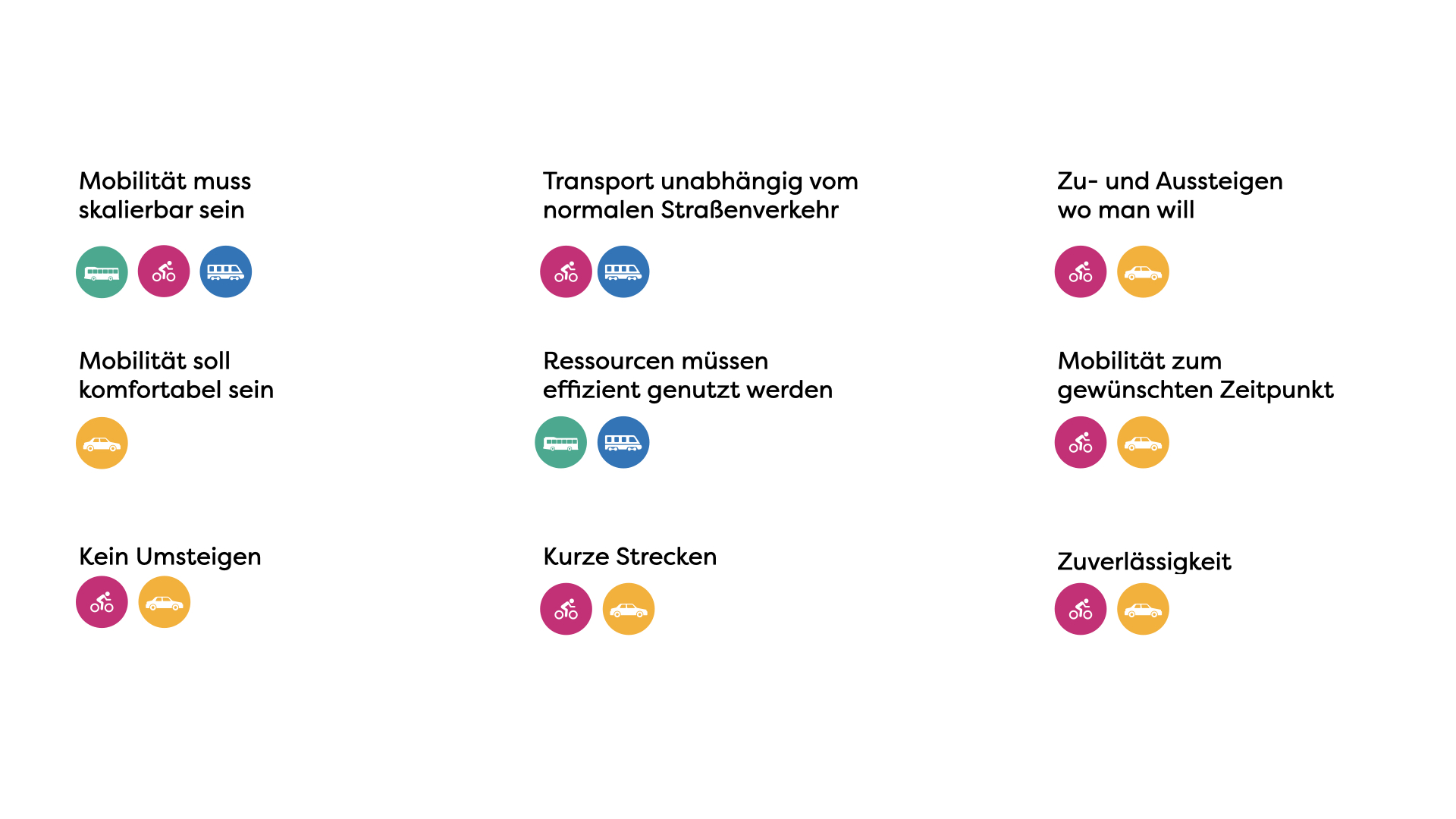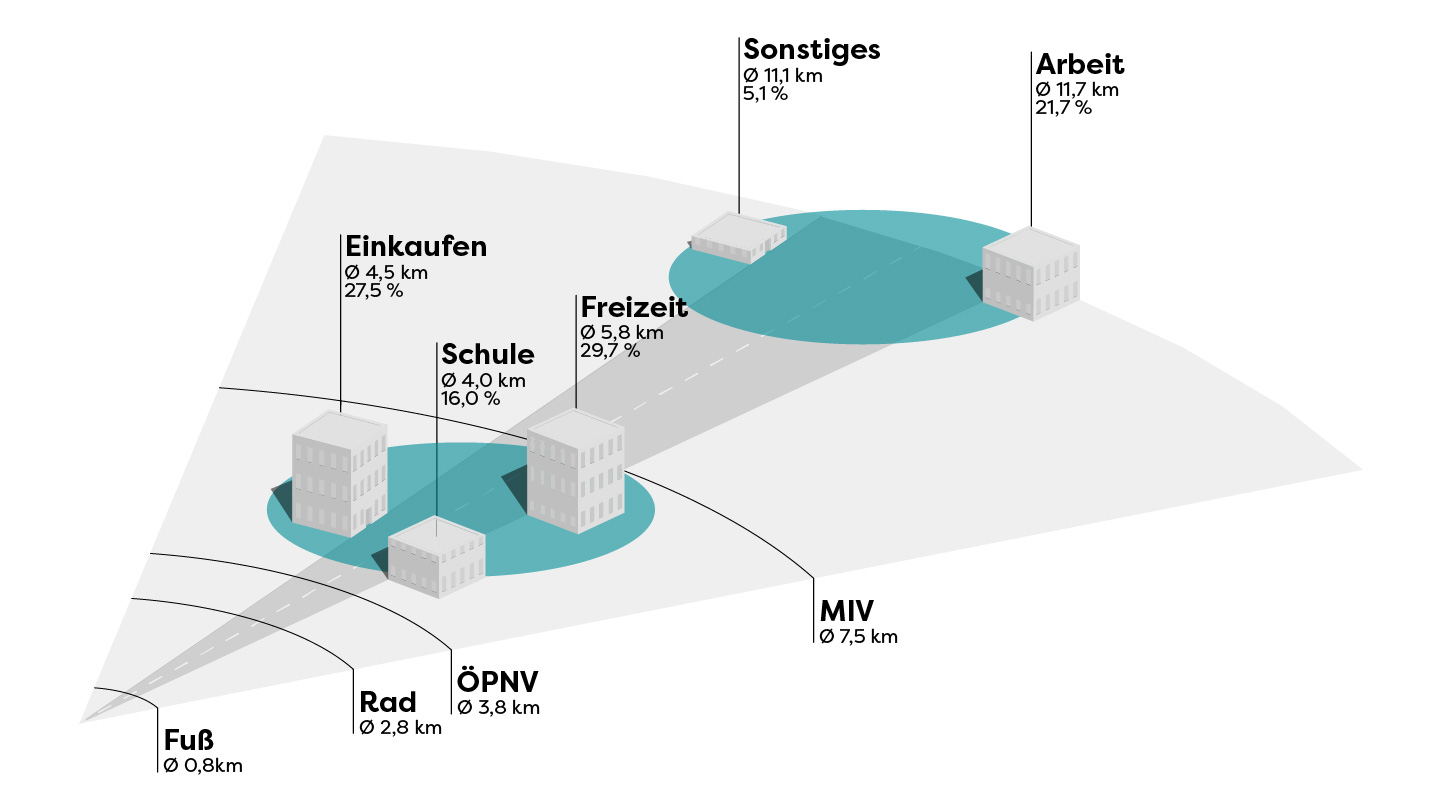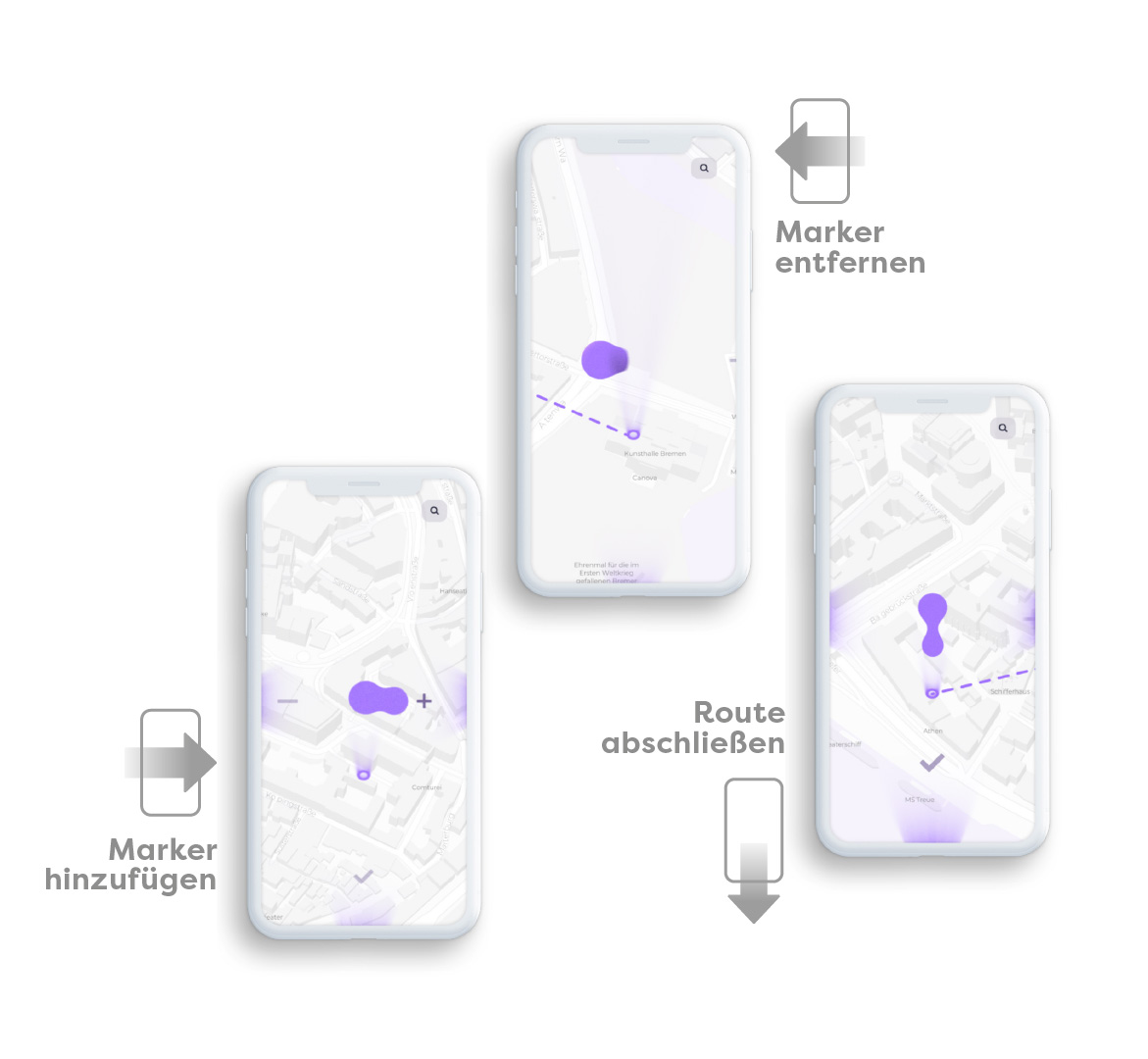Collaborative mobility
Maplab
Year
2020/21
Role
Concept
Webdevelopment
Design
Team
Chae won Yoon
Ma Eugenia González Gollaz
Samuel Christiansen
Ziyi Hong
Goal
Mobility is in a state of flux. While individual transport continues to be the dominant mode of transport, questions are increasingly being asked about the extent to which it will continue to meet requirements in the future. It is becoming clear that a change in transportation is indispensable for sustainable mobility.
Abstract
Maplab is a collaborative platform to measure the real mobility needs of a city. The focus is not on what routes users currently travel, but on what they would like to see, regardless of limiting factors. With Maplab, a new vision of future mobility can be developed together.
Personal and societal requirements for mobility contradict each other.
Users need a means of transport that allows them to travel flexibly and frequently to different points without long waiting times. Mobility should be available at any time and in any place. The shorter and more direct the journey, the better.
Society, on the other hand, demands efficiency from mobility. Efficient mobility can satisfy people's mobility needs in a way that conserves resources. A tension arises between individual requirements and societal demands. The more individual mobility is, the more inefficient it can only work.


Decentralized mobility vs. centralized mobility
Data analysis has shown that people move primarily locally, within a small radius. This also fits in with the general phenomenon of trying to live as close as possible to the workplace, university, kindergarten or school in order to avoid long distances. These clusters could form a new basis for mobility. Networks would be created through the merging of many small clusters.

Collaborative mobility planning
Maplab is an Open Transport Lab. The focus is on finding a new mobility network. The needs and wishes of the users are to be directly integrated into the development. Through the direct integration process, requirements and needs can be formulated that are not influenced by existing structures. The possibility arises to express wishes and ideas without restrictions.
Add marker
Delete marker
Complete route

Marker as indication and control element
The marker is the main interaction element of the system. Based on its appearance and behavior, it signals various states. It reacts to the behavior of the user and adapts to the current situation. For example, it retreats as soon as the user scrolls on the map, or it comes to life and indicates a possible operation.
Besides the status display, the marker is also the tool to interact with the digital map. To do this, the marker can be touched and dragged. Once a location is locked in by tapping, the marker can be dragged in three different directions to trigger actions. This allows the interaction to be learned and understood particularly quickly.